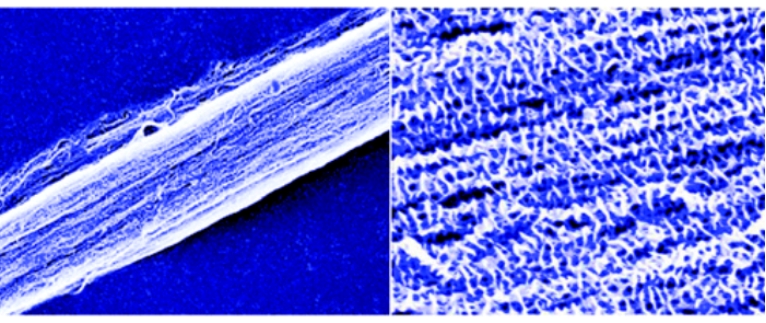n recent years, advances in nanotechnology have promoted the development of reinforcements with dimensions at the nano-scale (10−9 m). This dimensional shift has opened new possibilities for altering physical properties of polymer matrices (mechanical, electrical, thermal, etc.) by incorporating relatively small amounts of nanofillers (several weight percent or less) . Nanocomposites are being considered as a potential replacement of traditional composites or when combined with traditional reinforcements as a means to add other functionalities (electrical, thermal, sensing, etc.) or further improve the mechanical performance of traditional composites by creating hybrid or hierarchical composites.Among potential materials that can be used as a matrix for composite materials, thermoplastic polymers offer advantages such as low density, high specific strength and toughness, together with ease of processing. In order to achieve good dispersion of nanofillers in the thermoplastic matrix, several methods are reported including solution mixing, melt blending, and in-situ polymerization. Nanocomposites are a recent type of material which is distinguished from nanocrystalline and nanophase materials and denoted as a single phase in the range of 100 nm and frequently used in the effective treatment of wastewater as well as in medicinal applications. In this review (Nano-Composites and Their Applications: A Review;Characterization and Application of Nanomaterials Vol 3, No 1) the various types of matrix nanocomposites are discussed highlighting the need for these materials, their processing approaches and some recent results on structure, properties and potential applications. Perspectives including need for such future materials and other interesting applications. Being environmentally friendly, applications of nanocomposites propose new technology and business opportunities for several sectors of the aerospace, automotive, electronics and biotechnology industries.
References: [1]https://www.sciencedirect.com/science/article/pii/B9780128190012000127 [2]https://pubs.acs.org/doi/pdf/10.1021/ma101661p [3]https://pubs.acs.org/doi/10.1021/bk-2002-0804.ch001 [4]https://systems.enpress-publisher.com/index.php/CAN/article/view/875 [5]https://www.tandfonline.com/doi/full/10.1080/20550324.2018.1558799?scroll=top&needAccess=true |


_1.jpg)

